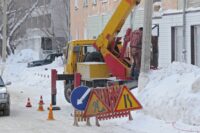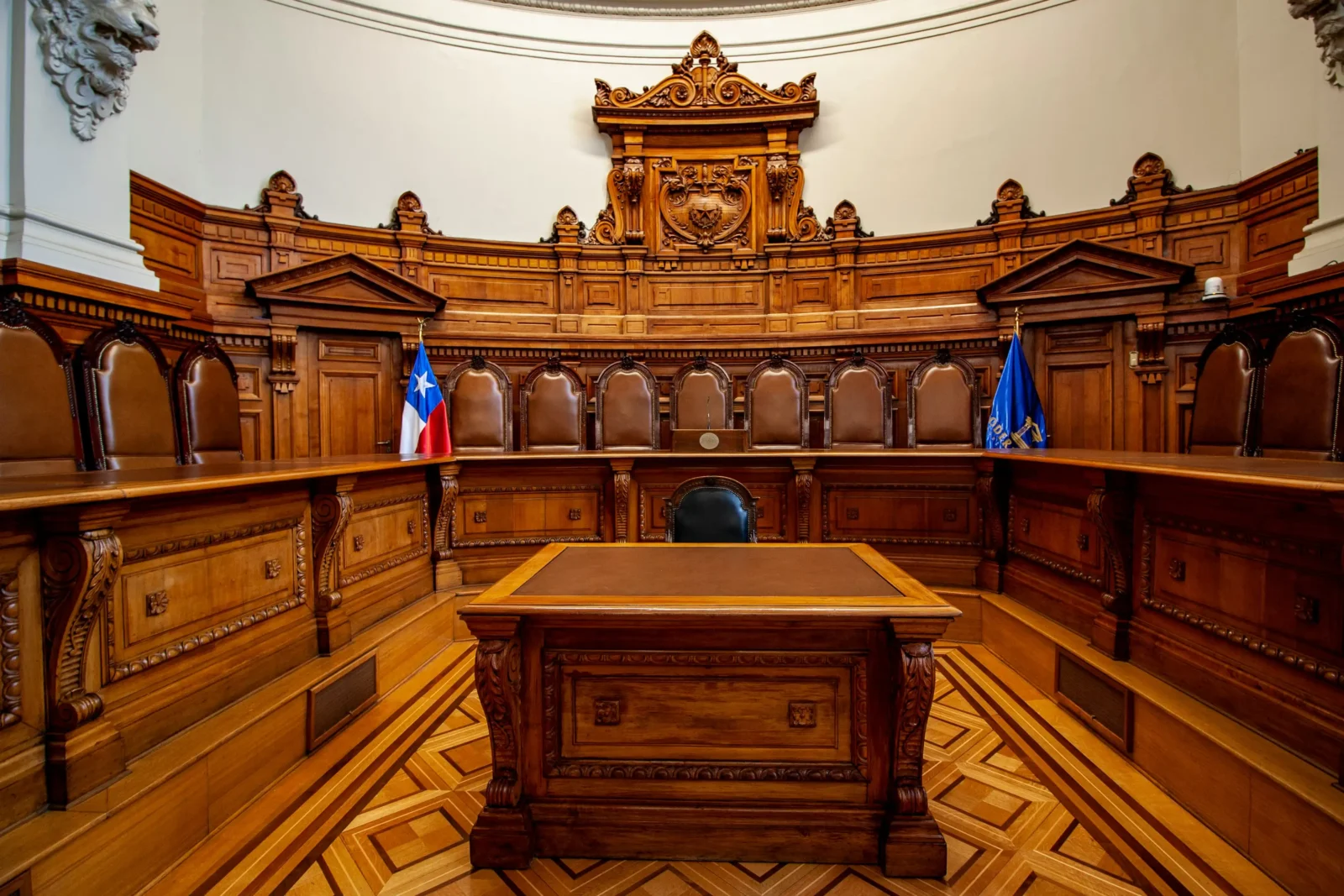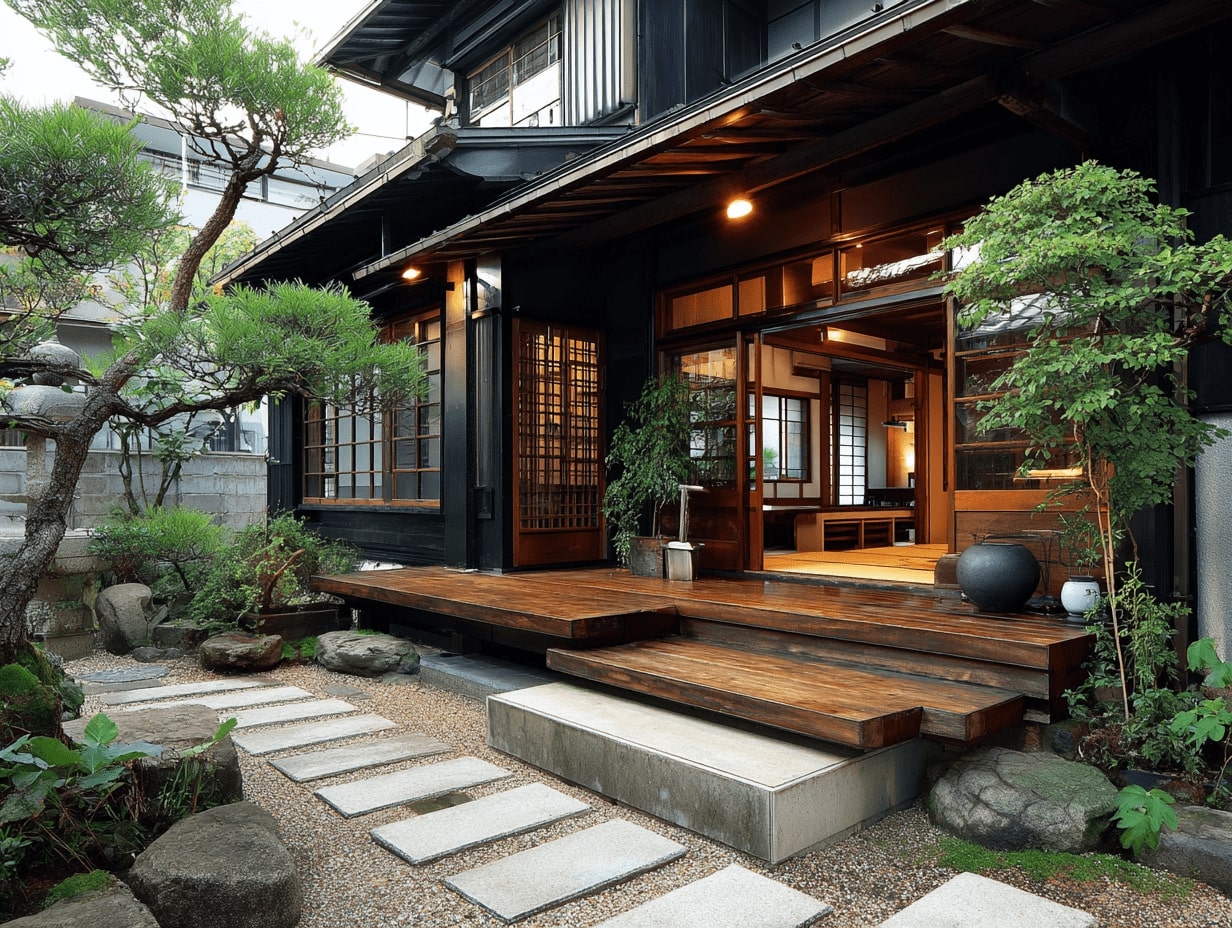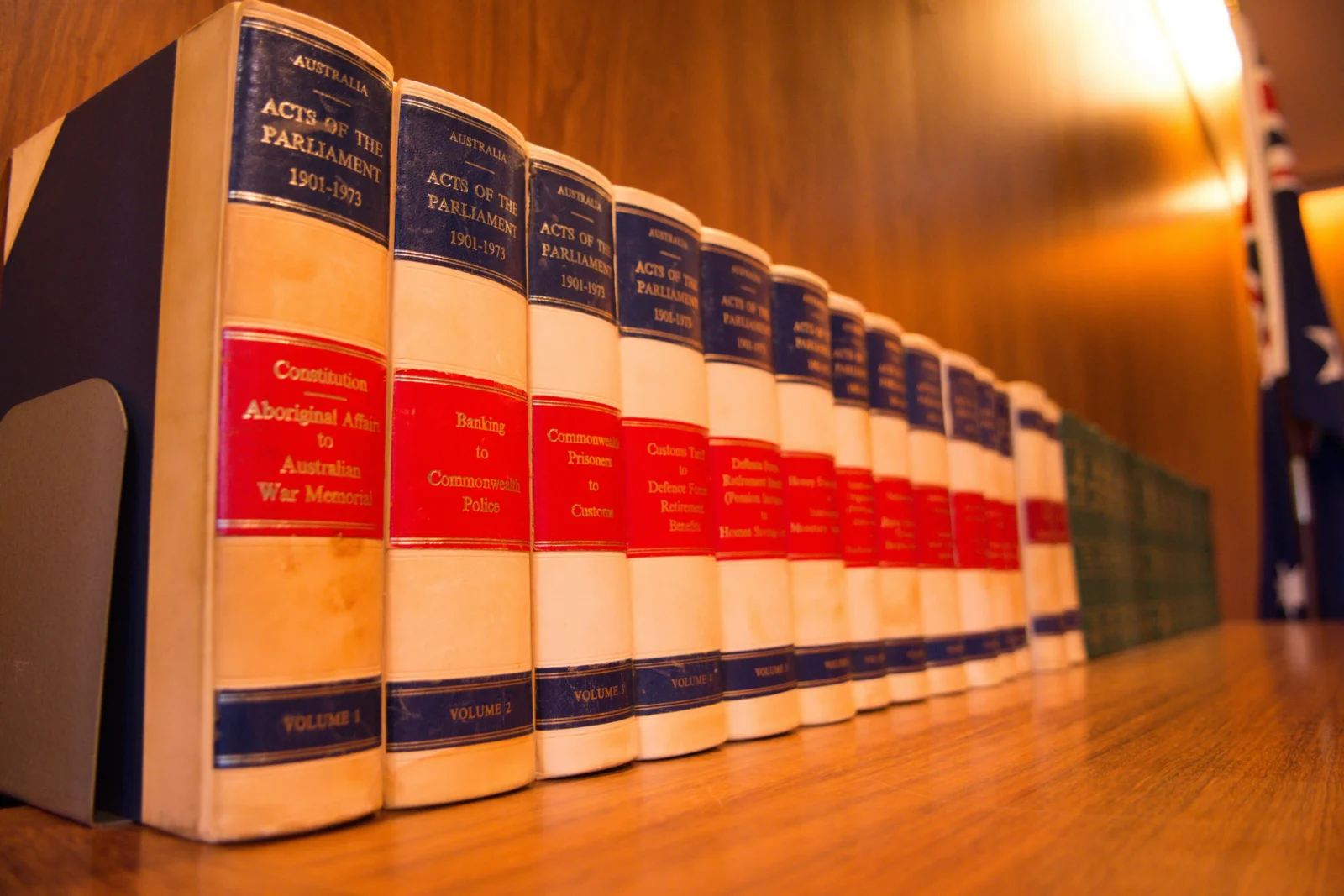- Home
- Articles
- Architectural Portfolio
- Architectral Presentation
- Inspirational Stories
- Architecture News
- Visualization
- BIM Industry
- Facade Design
- Parametric Design
- Career
- Landscape Architecture
- Construction
- Artificial Intelligence
- Sketching
- Design Softwares
- Diagrams
- Writing
- Architectural Tips
- Sustainability
- Courses
- Concept
- Technology
- History & Heritage
- Future of Architecture
- Guides & How-To
- Art & Culture
- Projects
- Interior Design
- Competitions
- Jobs
- Store
- Tools
- More
- Home
- Articles
- Architectural Portfolio
- Architectral Presentation
- Inspirational Stories
- Architecture News
- Visualization
- BIM Industry
- Facade Design
- Parametric Design
- Career
- Landscape Architecture
- Construction
- Artificial Intelligence
- Sketching
- Design Softwares
- Diagrams
- Writing
- Architectural Tips
- Sustainability
- Courses
- Concept
- Technology
- History & Heritage
- Future of Architecture
- Guides & How-To
- Art & Culture
- Projects
- Interior Design
- Competitions
- Jobs
- Store
- Tools
- More
Common HVAC Problems That Can Affect Your Interior’s Comfort and Functionality
Maintaining a comfortable indoor environment is essential for both home and workplace settings. Effective Heating, Ventilation, and Air Conditioning (HVAC) systems play a significant role in regulating temperature and ensuring air quality. Nevertheless, certain HVAC problems can compromise your comfort and impact the overall functionality of your interior. Understanding these common issues can help you respond promptly and minimize disruptions.

Table of Contents
ToggleUnderstanding the Basics of HVAC Systems
Before delving into specific HVAC problems, it’s important to grasp how these systems work. HVAC systems typically consist of various components, including heating units, cooling systems, and ventilation mechanisms. Heating can be provided through furnaces or heat pumps, while cooling often relies on air conditioners or evaporative coolers. Proper ventilation is crucial as it maintains air circulation, removes pollutants, and ensures that fresh air enters the living space. In residential settings, an efficient HVAC system contributes to energy savings, comfort, and improved air quality. If any component malfunctions, it can lead to a cascade of issues that affect the environment inside your home. Therefore, recognizing the early signs of trouble is crucial for effective management and timely repairs.
Inconsistent Temperatures
One of the most common HVAC problems is experiencing inconsistent temperatures throughout a space. You may notice that some rooms feel excessively hot while others remain too cold. This discrepancy can stem from inadequate airflow or a malfunctioning thermostat. If balancing the airflow is not possible, it might be time to consult with Frederick HVAC pros who can pinpoint the core issue and recommend appropriate solutions. The underlying cause may involve ductwork issues, inadequate insulation, or improper placement of vents. A faulty thermostat can send incorrect signals to the HVAC unit, pushing it to underperform. Regular maintenance, including cleaning filters and checking for leaks in ducts, often helps mitigate this issue before it becomes serious.
High Energy Bills
Rising energy bills can indicate that your HVAC system is working harder than it should. This inefficiency often results from neglected maintenance. Dirty or clogged air filters limit airflow and force the system to work overtime. Likewise, poorly insulated ducts can lead to energy loss as conditioned air escapes into unoccupied spaces. When parts such as the compressor, fan motor, or blower malfunction, the system’s efficiency can plummet. Homeowners should consider scheduling regular HVAC check-ups to identify and remedy these inefficiencies before they cause significant financial stress.
Poor Air Quality
Air quality is often overlooked but plays a pivotal role in occupants’ health and comfort. Poor indoor air quality can arise from various HVAC-related issues, such as not replacing filters regularly or having leaks in the duct system. These leaks can let unwanted pollutants and allergens infiltrate your home’s air supply. Stagnant air resulting from poor ventilation can contribute to the buildup of harmful substances. Maintaining fresh indoor air can be achieved by using high-efficiency air filters and regularly cleaning ducts, which greatly reduces the risk of respiratory problems or allergic reactions.
HVAC Unit Cycling On and Off Frequently
If your HVAC unit frequently cycles on and off, it may indicate a problem with the thermostat or a refrigerant leak. This frequent cycling not only puts undue wear and tear on the unit but can also increase your energy consumption. If the unit is unbalanced or oversized for the space, it may contribute to short cycling. Regular maintenance can help address such issues. A technician can fine-tune the system and optimize its performance, which helps in avoiding unnecessary wear and reduces energy costs.
Thermostat Issues
A malfunctioning thermostat can be a sneak thief of your comfort and energy efficiency. It may either fail to send the correct signals to the HVAC system or give false readings regarding the interior temperature. Whether you have an older dial-type thermostat or a modern programmable one, it is vital to ensure it is in good working condition. Should the thermostat prove defective, consider replacing it with a more advanced model that fits your needs. Some modern thermostats allow for remote control and automatic adjustments based on occupancy patterns, significantly enhancing energy efficiency.
Inadequate Maintenance
Many HVAC problems stem from inadequate maintenance. Without regular servicing, systems can accumulate dirt and debris, which diminishes performance. Homeowners should establish a routine maintenance schedule, typically recommended twice a year, with seasonal check-ups to ensure components are operating efficiently. During these service calls, technicians can clean parts, replace worn-out components, and ensure that everything is operating smoothly. Ignoring maintenance may save time in the short term, but it often leads to larger repair costs and discomfort.

In summary, being aware of common HVAC problems enables you to remain vigilant and proactive in protecting your comfort and your investment. From inconsistent temperatures to aging equipment, these issues can disrupt the harmony of your indoor environment. By scheduling regular maintenance and staying on top of potential issues, you can enhance your HVAC system’s longevity and efficiency.
illustrarch is your daily dose of architecture. Leading community designed for all lovers of illustration and #drawing.
Submit your architectural projects
Follow these steps for submission your project. Submission FormLatest Posts
Common Disputes Handled by Estate Litigation Lawyers
According to the 2025 issue of the American Bar Association’s “Probate &...
Modern Japanese Architecture: Tradition Rewired for the Present
Modern Japanese architecture explained: how tradition meets innovation in light, nature, materials,...
The Purpose of a Living Will and Why It Matters
A living will is without a doubt one of the most significant...
How Modern Bridges Balance Aesthetics and Engineering
How modern bridges balance aesthetics and engineering: explore form-driven systems, case studies,...












Leave a comment